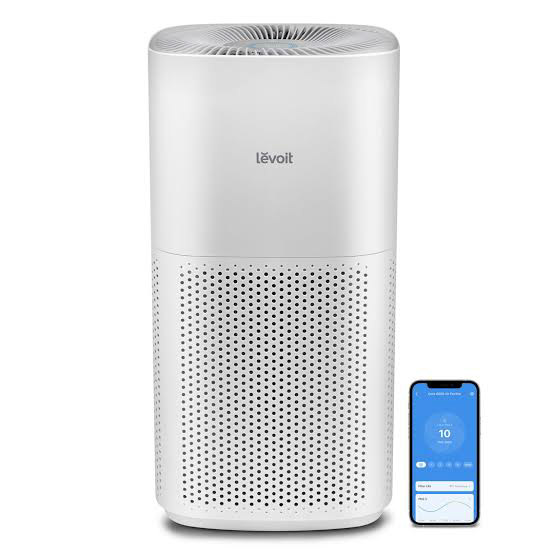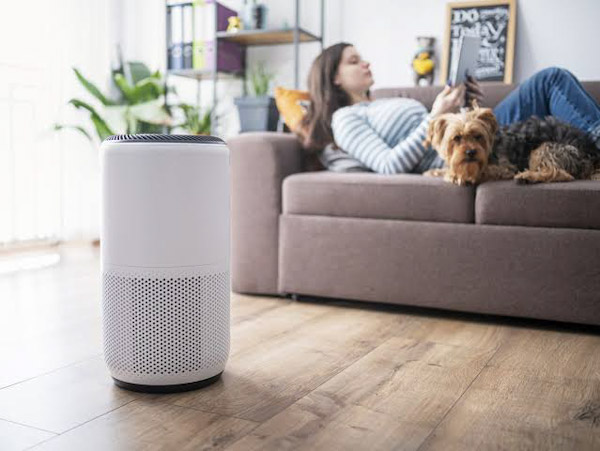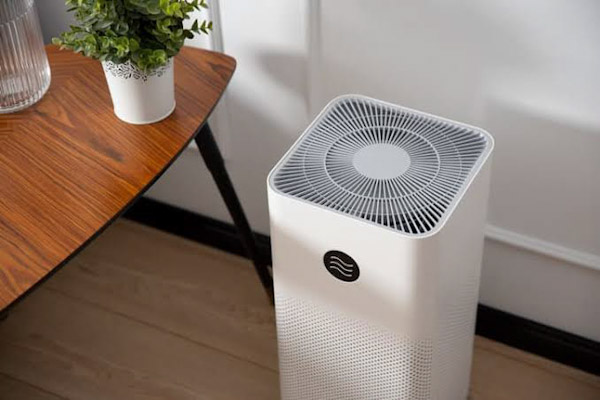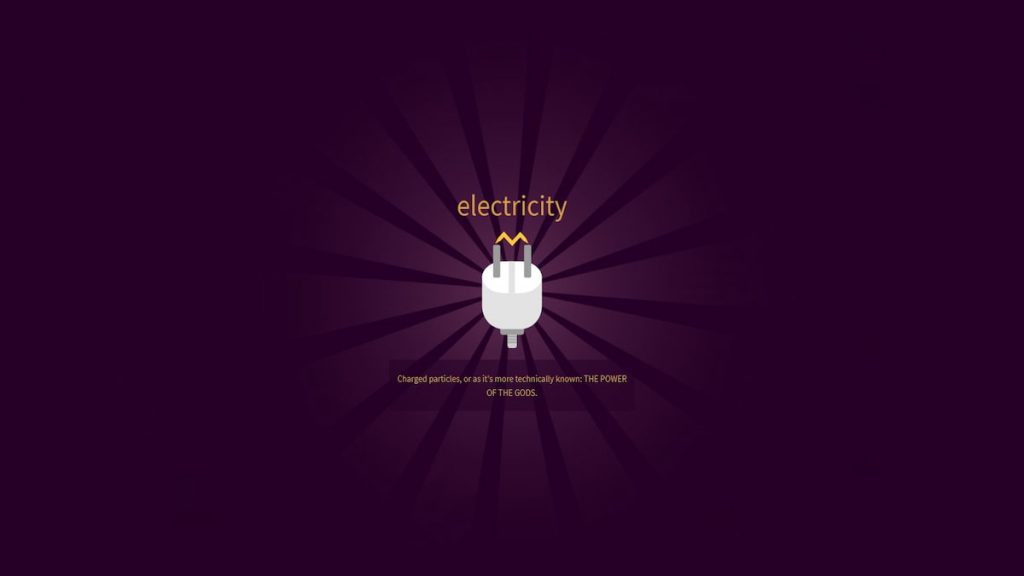Allergies affect millions of people worldwide, often leading to discomfort, fatigue, and a diminished quality of life. With an increasing awareness of the importance of indoor air quality, many individuals are turning to air purifiers as a potential solution to alleviate allergy symptoms. The right air purifier can significantly reduce airborne allergens such as pollen, dust mites, pet dander, and mold spores, creating a healthier living environment.
However, with a myriad of options available on the market, choosing the best air purifier for allergies can be a daunting task. Factors such as filtration technology, room size compatibility, noise levels, and maintenance requirements all play a crucial role in determining the effectiveness of an air purifier.
In this article, we will explore the top air purifiers specifically designed to combat allergens, providing you with insights into their features, performance, and user feedback.
Whether you are a seasoned allergy sufferer or seeking preventive measures for your family’s well-being, this guide will assist you in making an informed decision to enhance your indoor air quality and breathe easier in your home.
Living with allergies can be a constant struggle, especially when indoor air quality is compromised. A high-quality air purifier can significantly improve your comfort and well-being by removing allergens like pollen, dust, pet dander, and mold spores from the air. In this comprehensive guide, we’ll delve into the essential factors to consider when choosing the best air purifier for allergies and recommend some top-rated models.
Understanding Allergens and Their Impact
Allergens are tiny particles that can trigger allergic reactions in sensitive individuals. Common indoor allergens include:
Pollen: Released by plants, pollen can easily infiltrate homes through open windows and doors.
Dust: Tiny particles of skin cells, dust mites, and other debris can accumulate in carpets, furniture, and bedding.
Pet dander: Shed skin cells from animals, particularly cats and dogs, can be a significant allergen for many people.
Mold spores: These microscopic fungi thrive in damp environments and can release allergens into the air.
Exposure to allergens can lead to various symptoms, such as:
- Sneezing
- Runny nose
- Nasal congestion
- Itchy eyes
- Coughing
- Wheezing
Key Factors to Consider When Choosing an Air Purifier
HEPA Filter: A High-Efficiency Particulate Air (HEPA) filter is essential for capturing the smallest airborne particles, including allergens. Look for air purifiers with true HEPA filters, as these are certified to remove 99.97% of particles 0.3 microns or larger.
CADR Rating: The Clean Air Delivery Rate (CADR) indicates how effectively an air purifier can clean the air in a specific room size. A higher CADR rating generally means a more powerful purifier.
Noise Level: Some air purifiers can be quite noisy, especially on higher settings. Consider your sleep habits and daily routine when choosing a model with an acceptable noise level.
Filtration Stages: Many air purifiers have multiple filtration stages, including pre-filters, activated carbon filters, and HEPA filters. Activated carbon filters are particularly effective at removing odors and volatile organic compounds (VOCs).
Airflow: The airflow rate determines how quickly the purifier can circulate air throughout the room. A higher airflow rate can lead to faster allergen removal.
Size and Placement: Ensure the air purifier is the right size for your space and can be easily placed in a location where it will have maximum impact.
Top-Rated Air Purifiers for Allergies

Dyson Pure Cool TP04: This sleek and powerful purifier features a HEPA filter and activated carbon filter to remove allergens and odors. It also offers advanced air quality monitoring and automatic mode for optimal performance.
Levoit Core Mini: A compact and affordable option, the Levoit Core Mini delivers impressive performance for its size. It features a HEPA filter and is ideal for smaller rooms.
Blueair Classic 280: Known for its quiet operation and effective filtration, the Blueair Classic 280 is a popular choice for allergy sufferers. It uses a unique HEPASilent filtration technology for superior air quality.
Coway Mighty Air Purifier: This versatile purifier offers multiple fan speeds and a night mode for quiet operation. It features a HEPA filter and is suitable for various room sizes.
Winix Air Purifier 5500: With its advanced filtration system and powerful fan, the Winix 5500 is a great option for those seeking a high-performance air purifier.
Additional Tips for Allergy Relief
Regular cleaning: Vacuum carpets and furniture regularly to remove dust and allergens.
Wash bedding frequently: Wash sheets, pillowcases, and blankets in hot water to kill dust mites.
Control humidity: High humidity can promote mold growth. Use dehumidifiers or improve ventilation to maintain a healthy indoor humidity level.
Avoid irritants: Limit exposure to other irritants, such as cigarette smoke and strong cleaning chemicals.
HEPA filters effectively capture allergens.
High-Efficiency Particulate Air (HEPA) filters are renowned for their ability to trap a wide range of airborne particles, including allergens such as pollen, pet dander, dust mites, and mold spores.
These filters are designed to meet stringent efficiency standards, capable of capturing at least 99.97% of particles that are 0.3 microns in diameter. This level of filtration significantly reduces the presence of allergens in indoor environments, thereby improving air quality and providing relief for individuals with respiratory sensitivities or allergies.
Moreover, the construction of HEPA filters allows for optimal airflow while maximizing particle capture. Utilizing a dense mat of fibers, these filters create a labyrinth-like structure that effectively traps allergens as air passes through.
This mechanism not only helps in mitigating allergy symptoms but also contributes to a healthier living space by reducing the overall burden of airborne irritants. As a result, incorporating HEPA filtration into air purification systems can be a vital step in enhancing indoor air quality and promoting well-being for allergy sufferers.
Activated carbon reduces odors and pollutants.

The incorporation of activated carbon in air purification systems plays a crucial role in improving indoor air quality by effectively removing odors and a variety of pollutants. Its unique porous structure provides an extensive surface area that enables the adsorption of volatile organic compounds (VOCs), smoke, and other harmful gases.
As air passes through the activated carbon layer, these unwanted substances cling to the surface, significantly reducing their concentration in the environment. This capability not only enhances the freshness of indoor air but also helps in mitigating health risks associated with prolonged exposure to these pollutants.
In addition to its ability to neutralize odors, activated carbon is particularly effective at addressing chemical emissions found in common household products, such as cleaning agents and paints. It serves as an invaluable component in air purifiers, ensuring that the air breathed indoors is not only free from allergens but also from unpleasant smells and hazardous pollutants.
By integrating activated carbon into air purification systems, individuals can create a more pleasant and healthier indoor atmosphere, contributing to overall well-being.
Compact design fits various spaces.
The design of air purifiers has evolved to meet the demands of modern living, ensuring they can seamlessly integrate into diverse environments. Their compact size allows them to be positioned in various locations without obstructing spatial flow, making them ideal for small apartments, offices, or even large rooms.
This versatility enables users to place them on countertops, desks, or shelves, providing efficient air purification without sacrificing valuable floor space.
Furthermore, the aesthetic appeal of these compact units often complements contemporary interior design, allowing them to blend effortlessly into home or office decor. With options available in multiple colors and finishes, users can select models that align with their personal style while benefiting from improved air quality.
This thoughtful approach to design acknowledges the importance of both functionality and aesthetics, catering to the needs of those seeking a healthier living environment without compromising on space or style.
Quiet operation for uninterrupted use.

The ability to operate quietly is a crucial feature in air purifiers, particularly for those who prioritize a serene atmosphere in their living or working spaces. Many advanced models are engineered with noise reduction technology, ensuring that they function effectively without producing disruptive sounds.
This silent operation allows users to enjoy cleaner air during activities such as reading, sleeping, or working, without the constant hum or whir associated with traditional appliances.
In environments such as bedrooms or home offices, the absence of noise can significantly enhance comfort and concentration, fostering an undisturbed setting conducive to relaxation and productivity.
By minimizing operational sound levels, these air purifiers not only contribute to a healthier environment but also promote overall well-being, allowing individuals to breathe easy without compromising on peace and quiet.
Energy-efficient models save on electricity.
Utilizing models designed with energy efficiency in mind can lead to substantial reductions in electricity consumption over time. These purifiers often incorporate advanced technology that optimizes performance while consuming less power, allowing for continuous air purification without incurring high energy costs.
By investing in such models, users can enjoy improved indoor air quality while simultaneously lowering their utility bills, making them a financially and environmentally responsible choice.
Furthermore, energy-efficient air purifiers are often equipped with features that allow for customizable operation, such as variable fan speeds and programmable timers.
These functionalities enable users to tailor the device’s performance according to their specific needs and daily schedules, further enhancing energy savings.
Ultimately, the integration of energy-efficient technology not only contributes to immediate economic benefits but also supports long-term sustainability efforts by reducing overall energy demand.
In conclusion, selecting the best air purifier for allergies involves considering factors such as filtration technology, room size, noise levels, and additional features that cater to individual needs. The top models on the market, equipped with HEPA filters and activated carbon, effectively capture airborne allergens and improve indoor air quality. By investing in a high-quality air purifier, allergy sufferers can create a healthier living environment, alleviating symptoms and enhancing overall well-being. As awareness of indoor air quality continues to grow, choosing the right air purifier not only addresses immediate health concerns but also promotes long-term respiratory health for you and your family.



